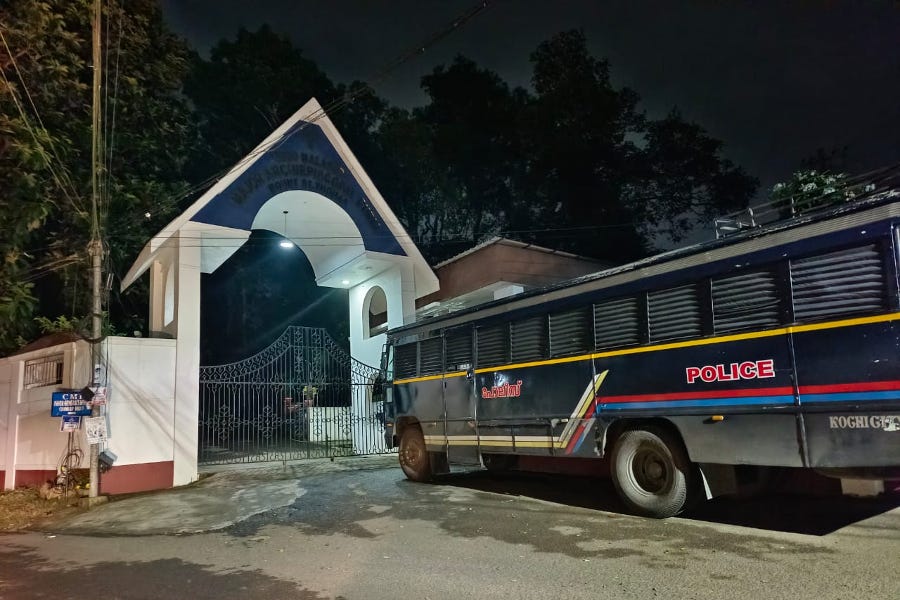Sanctions, division, or dialogue: What will end India’s ‘liturgy war’?
How will the Syro-Malabar bishops resolve their lingering liturgy dispute?
As the bishops of the Syro-Malabar Catholic Church gathered for an emergency meeting this week, two images were being shared on instant messaging apps showing the scale of the problem they faced.

The first showed …
